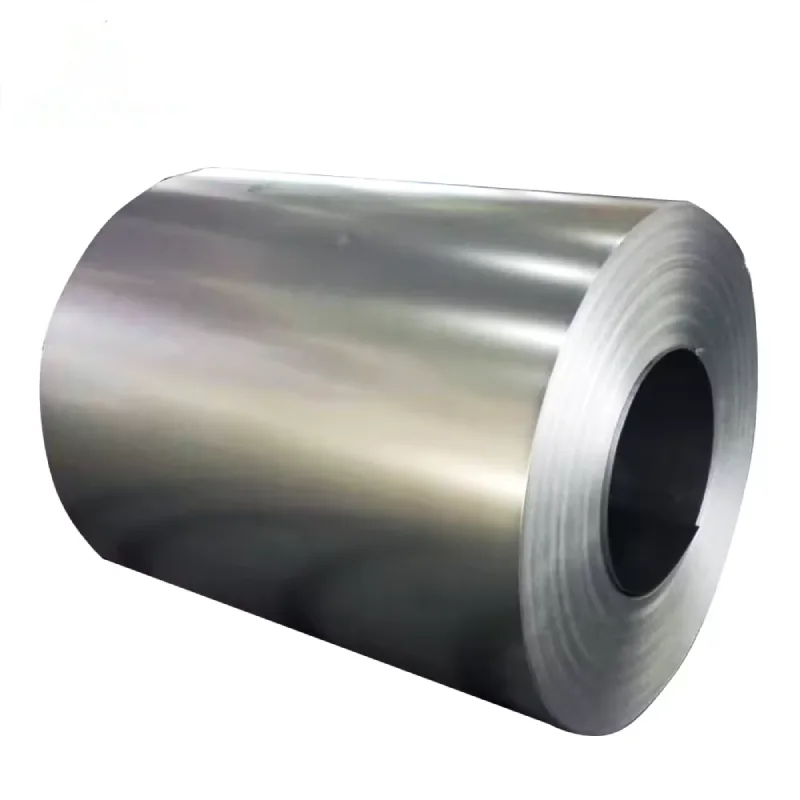Hot-dipped galvanized steel coils undergo several quality and performance tests to ensure they meet the required standards and specifications before being used in various applications. These tests help verify the integrity of the zinc coating, the mechanical properties of the steel substrate, and the overall suitability of the coils for specific applications.
Some common quality and performance tests conducted on hot-dipped galvanized steel coils include:
- Coating Thickness Measurement: One of the primary tests performed on hot-dipped galvanized steel coils is measuring the thickness of the zinc coating. This is typically done using non-destructive methods such as magnetic induction or eddy current testing. Coating thickness is critical for providing adequate corrosion protection and ensuring the longevity of the steel coils.
- Adhesion Test: Adhesion testing is conducted to evaluate the bond strength between the zinc coating and the steel substrate. Various methods, such as cross-cut adhesion test or bend test, may be employed to assess the adhesion of the zinc coating to the steel surface. Proper adhesion ensures that the coating remains intact and provides effective corrosion protection during service.
- Surface Inspection: Visual inspection is carried out to assess the surface quality of the galvanized steel coils. Surface defects such as scratches, pits, spangles, or roughness are examined to ensure they meet acceptable standards. Surface inspection helps identify any defects that may affect the appearance, performance, or corrosion resistance of the steel coils.
- Salt Spray Test: Salt spray testing is conducted to evaluate the corrosion resistance of the zinc coating on hot-dipped galvanized steel coils. Hot Dipped Galvanized Steel Coil Coils are exposed to a controlled salt spray environment for a specified duration, and any signs of corrosion, such as rust or blistering, are monitored. Salt spray testing simulates harsh environmental conditions and helps assess the long-term corrosion performance of the galvanized coating.
- Tensile Strength Test: Tensile strength testing is performed to assess the mechanical properties of the steel substrate. Coils are subjected to tensile loading to determine their yield strength, ultimate tensile strength, and elongation. Tensile strength testing ensures that the steel coils meet the required mechanical strength properties for their intended applications.
- Bend Test: Bend testing evaluates the ductility and formability of the galvanized steel coils. Coils are subjected to bending or forming operations, and any signs of cracking, delamination, or coating damage are examined. Bend testing helps assess the suitability of the steel coils for applications requiring bending, stamping, or forming.
- Chemical Composition Analysis: Chemical composition analysis is conducted to verify the composition of the steel substrate and ensure it meets specified requirements. Analytical techniques such as optical emission spectroscopy (OES) or X-ray fluorescence (XRF) are used to determine the elemental composition of the steel coils.
- Dimensional Inspection: Dimensional inspection ensures that the dimensions, thickness, width, and length of the galvanized steel coils meet the specified tolerances and requirements. Precision measurements are taken using calibrated instruments to verify dimensional accuracy and consistency.
These tests help assess the quality, performance, and compliance of hot-dipped galvanized steel coils with applicable standards and specifications, ensuring their suitability for various applications such as construction, automotive, appliances, and manufacturing. Manufacturers and third-party testing laboratories conduct these tests to provide assurance of the quality and reliability of galvanized steel coils to end-users and customers.
